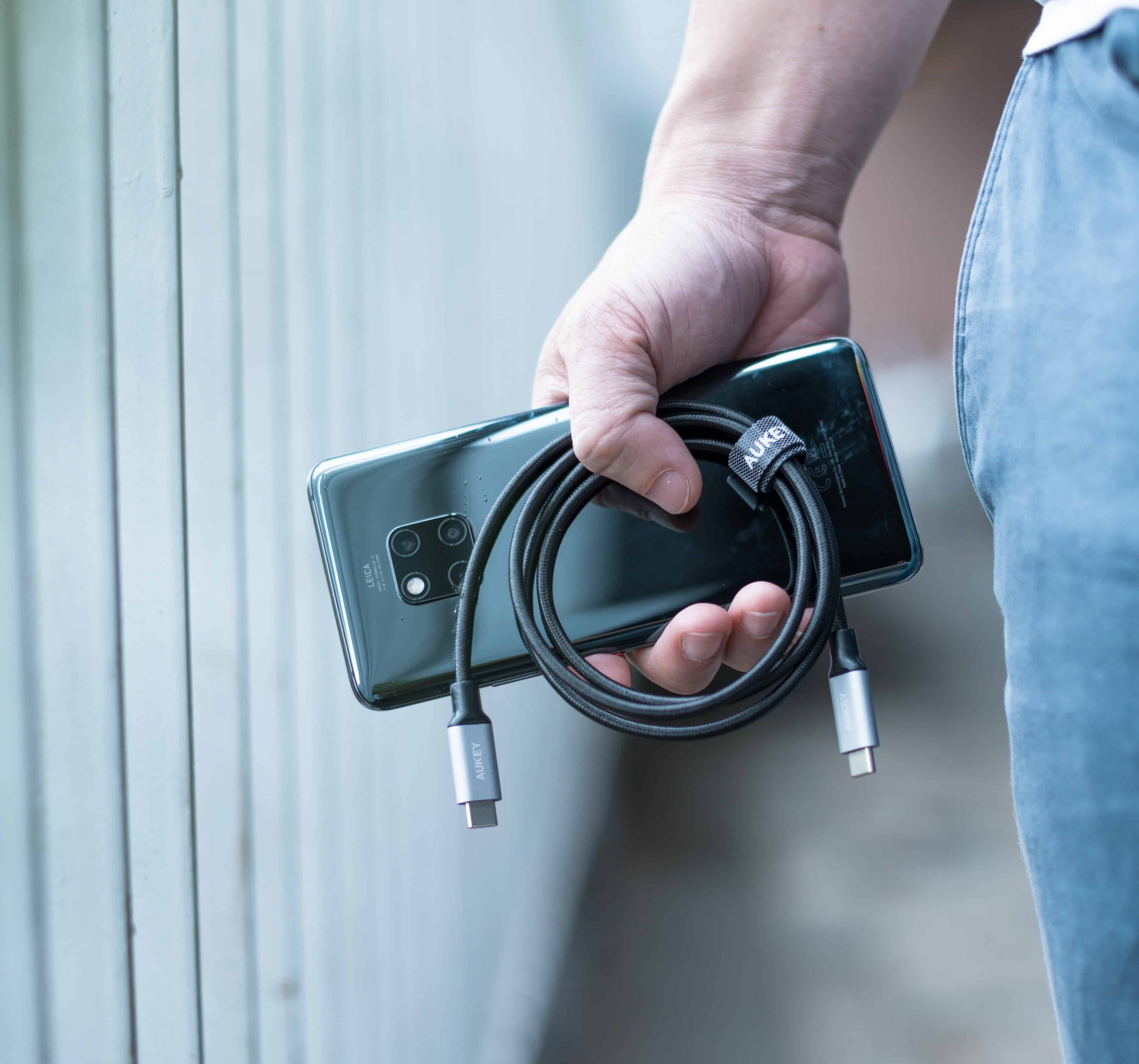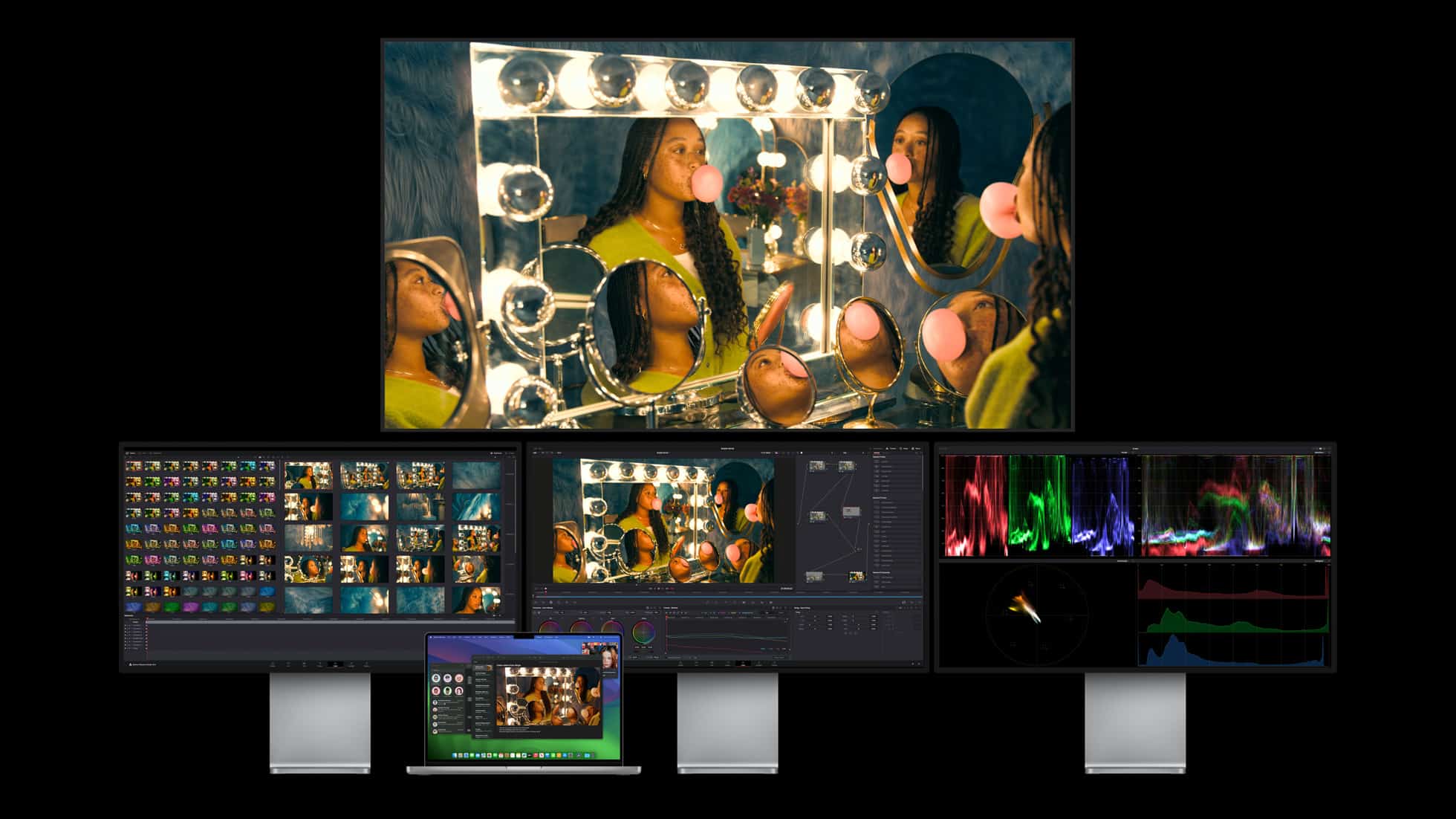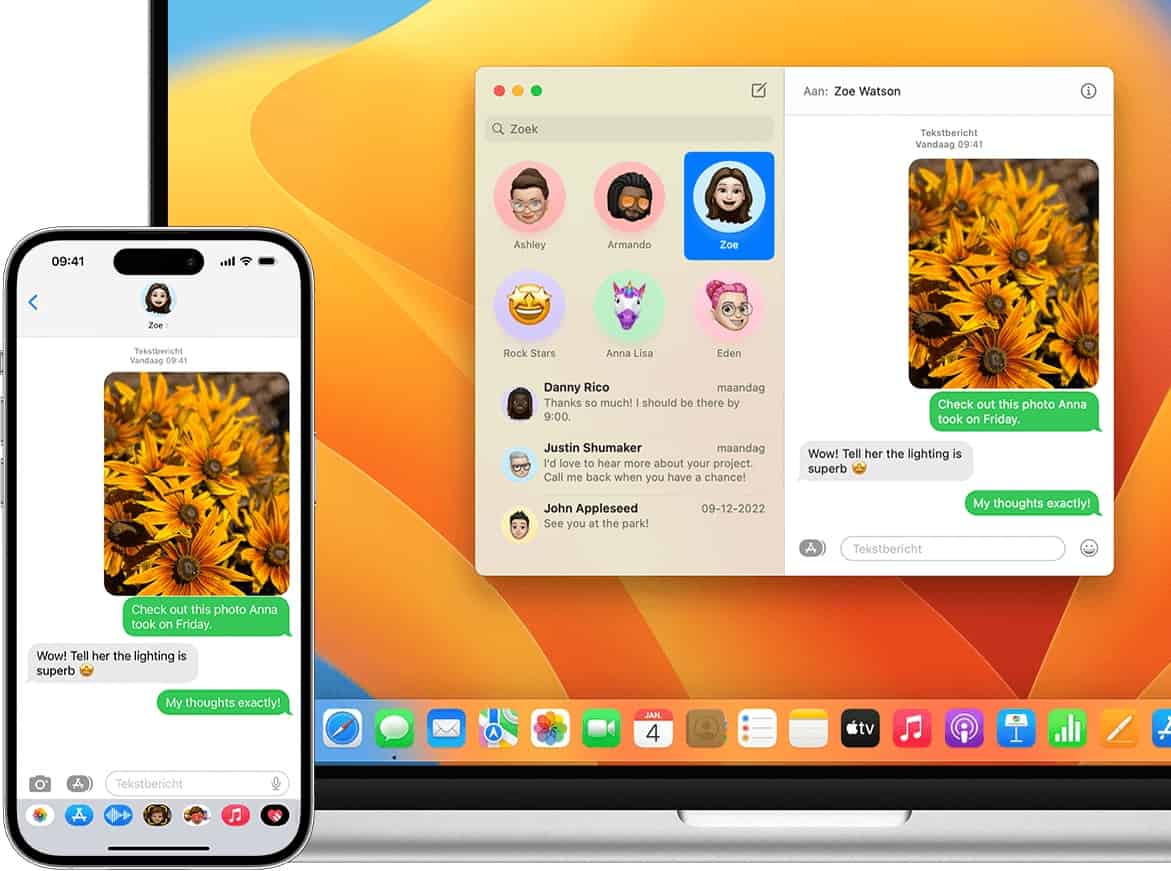
The FCC has approved access to the 6GHz band for low power devices like wearables. Apple, Meta, Google and other tech giants requested this approval in 2019. This move, eagerly awaited by the tech industry, paves the way for advancements in wireless technologies, particularly in the realms of augmented reality and virtual reality. The approval will enable the use of higher power levels within the 6GHz band, promising ultra-high connection speeds. However, these signals will be geofenced to prevent interference with current licensed usage.
- FCC approves 6GHz band for tech giants, enabling high-power, ultra-fast connections for AR and VR.
- European Commission approves lower 6GHz band for Wi-Fi, fostering innovation, but lags behind in upper bands.
- Unlocking 6GHz spectrum opens doors for AR/VR, advanced peripherals, and in-vehicle applications.
Unlocking the power of 6GHz Wi-Fi
The approval from the Federal Communications Commission (FCC) to allow companies like Apple, Meta, and Google to access the 6GHz band is a significant milestone in the tech industry. The 6GHz band, home to Wi-Fi 6, also known as 802.11ax, is the latest generation of Wi-Fi and a successor to Wi-Fi 5. This standard operates in the 2.4 GHz, 5 GHz, and 6 GHz frequency bands, designed to enhance throughput-per-area in high-density scenarios.
The FCC’s decision introduces a new category of very low power devices (VLP) that can operate within the 6GHz spectrum, paving the way for cutting-edge applications such as wearable technologies and augmented and virtual reality. The approved companies can now utilise higher power levels within the 6GHz band, promising ultra-high-speed connections. However, to maintain harmony within the spectrum, these signals will be geofenced to prevent interference with existing licensed usage.
The implications for AR and VR
Augmented reality (AR) and virtual reality (VR) are two areas that stand to benefit significantly from this move. These technologies require high-speed connections to deliver immersive and responsive experiences. The use of the 6GHz band could potentially revolutionise these fields, providing the necessary bandwidth and speed for seamless AR and VR applications.
For instance, Apple could utilise the spectrum for its Vision Pro and future AR/VR devices, enhancing connectivity and performance. Similarly, Google and Meta could utilise the spectrum to improve their own AR and VR developments, solving connectivity challenges and providing better experiences for users.
A glimpse into the future of Wi-Fi
The implications of the FCC’s decision extend beyond AR and VR technologies. Other applications that could harness the power of the 6GHz band include advanced peripherals and in-vehicle applications such as streaming and navigation.
The Wi-Fi 6 standard, of which the 6GHz band is a part, promises a quadrupling of overall throughput and a 75% reduction in latency compared to Wi-Fi 5. This means that devices operating in the 6GHz band could deliver significantly faster and more responsive wireless experiences, opening the door for a new wave of innovative applications and services.
The situation in Europe
While the FCC’s decision applies to the US, the situation in Europe is slightly different. The European Commission has approved the use of the lower 6GHz band for Wi-Fi, effectively doubling the spectrum available for Wi-Fi 6 and Wi-Fi 6E. However, this still leaves most European countries behind other territories such as the US, Canada, Brazil, and South Korea, which have access to the full 1.2GHz bands in the 6GHz band for the latest generation of Wi-Fi.
Despite this, the approval of the 6GHz band for Wi-Fi use in Europe is seen as a significant development, and many believe it will drive innovation and new usage models. However, Europe is still lagging in opening up the upper bands in the 6GHz spectrum, which some see as a missed opportunity.








